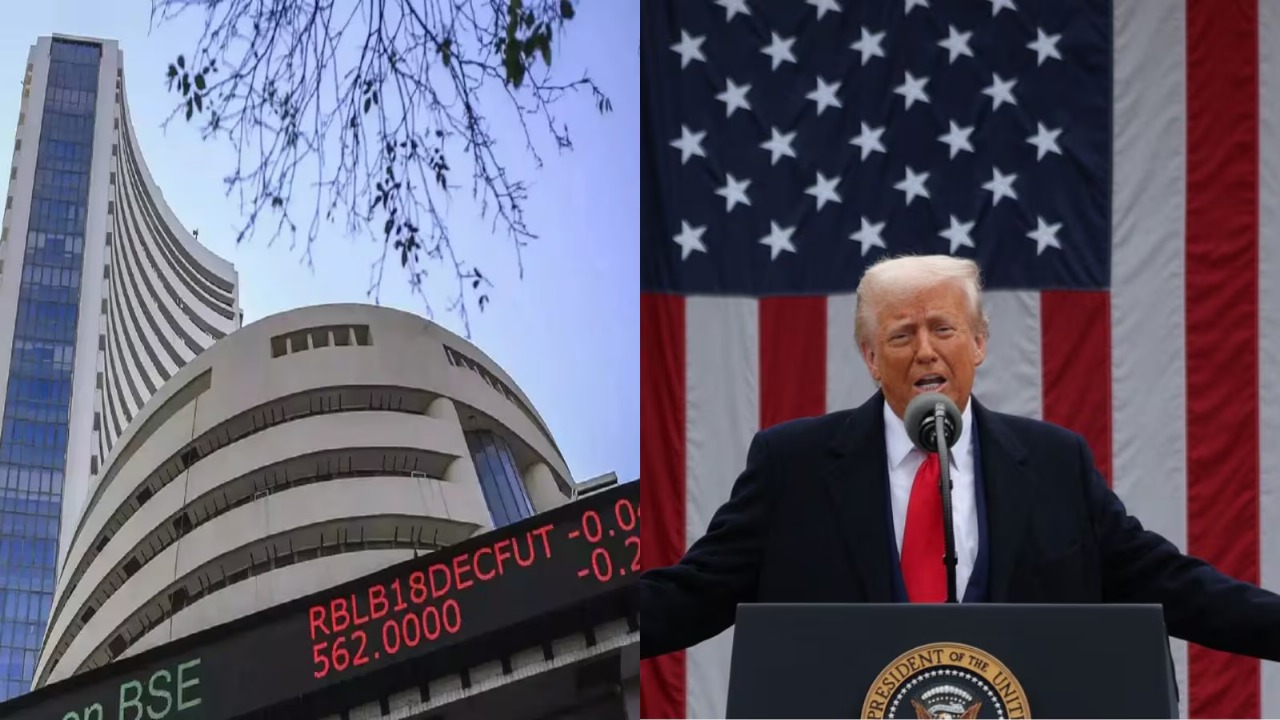India’s stock markets are preparing for a cautious trade on August 28 following the recent United States decision to impose a 50 percent tariff on Indian exports. The Nifty 50 and Sensex have been facing pressure as investors digest the full impact of these tariffs along with the ripple effects on economic growth and corporate earnings. Here’s an in-depth look at what traders and investors can expect as markets open.
Tariff Announcement And Market Reaction
The Trump administration officially implemented an additional 25 percent duty on certain Indian goods from August 27, doubling the previous 25 percent tariff announced earlier. This move primarily targets Indian products connected to India’s imports of Russian crude oil. The tariff affects sectors such as textiles, chemicals, seafood, and gems, among others.
Following the announcement and tariff enforcement, both the BSE Sensex and NSE Nifty 50 saw a sharp decline. On August 26, Sensex lost over 849 points to close near 80,786, while Nifty 50 dropped approximately 255 points to around 24,712. Foreign investors also pulled out, adding to the downward pressure on the markets.
Highlights Of The Market Impact
The tariff covers about 55 percent of India’s exports to the US, potentially reducing competitiveness due to increased costs.
Important sectors like pharmaceuticals, mobile phones, and petroleum are exempt from the high 50 percent tariff, providing some relief.
Exporters in labor-intensive segments like textiles and seafood are likely to feel the pinch the most.
Indian goods already shipped before the tariff deadline will not face the increased duty, providing a small buffer time for exporters.
The Indian rupee has weakened amid the uncertainty, further complicating trade conditions.
Economic And Corporate Implications
Experts estimate that India’s GDP growth may take a hit of around 0.4 to 0.5 percentage points due to these tariffs if they persist. The immediate impact is expected on export earnings, job creation in export-dependent sectors, and overall trade balance.
Many small and medium exporters, who operate on thin margins and limited liquidity, face the most risk of business contractions or layoffs. On the other hand, companies in sectors insulated from the tariff or with strong domestic demand may weather the storm better.
Market analysts suggest that the assurance from the government about support mechanisms, fiscal stimulus, and ongoing trade negotiations with the US will play a critical role in stabilizing investor sentiment.
What Investors Should Watch
Opening session volatility on August 28 could be high as markets adjust to tariff news.
Banking and IT stocks may remain under pressure given macroeconomic uncertainties and reduced export earnings.
The broader market direction will rely on government policy announcements, trade talks progress, and global economic conditions.
Currency fluctuation in response to tariffs and other geopolitical events will influence market flows.
Mid and small-cap stocks may witness increased volatility compared to blue-chip companies.
Potential Paths Ahead For India’s Trade
While the tariff increase is a setback, many believe it is only temporary if trade talks resume positively. Indian exporters are also exploring diversification by targeting alternate markets and enhancing domestic manufacturing capacity as part of the government’s Atmanirbhar Bharat initiative.
Some companies may also adopt supply chain restructuring, including relocating manufacturing bases to offset tariff impacts in the long run.
Summary Of Market Situation For August 28
India’s premier stock indices are entering trade under pressure after the US doubled tariffs on key Indian exports to 50 percent. The Sensex closed near 80,786, down roughly 1 percent, and Nifty 50 fell around 1 percent to 24,712 on August 26. Tariffs target labor-intensive sectors but exclude vital export areas like pharmaceuticals and petroleum, tempering the shock. Economic forecasts indicate a minor GDP growth slowdown and corporate earnings caution amid job risks in export-reliant sectors. Market stability will depend heavily on government trade negotiations and fiscal measures in the coming days.
Sources: Times of India, CNBC TV18, Economic Times, Financial Express

